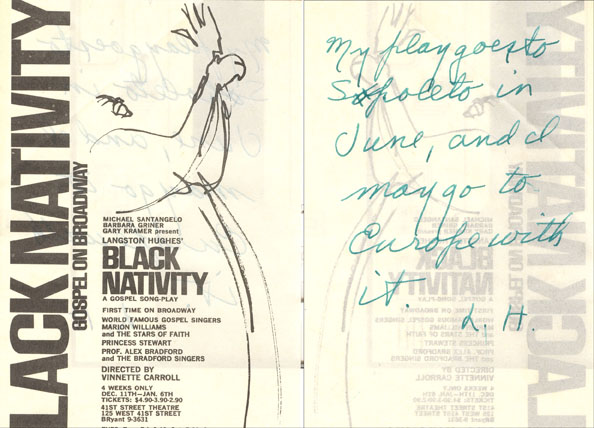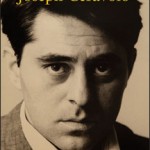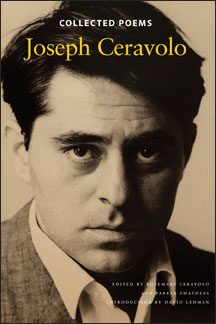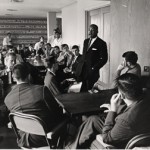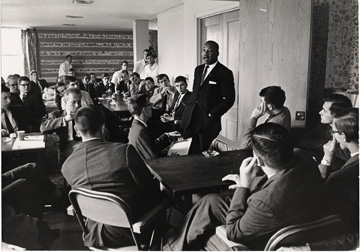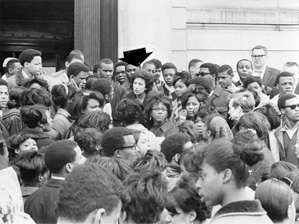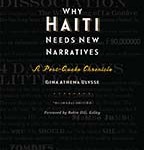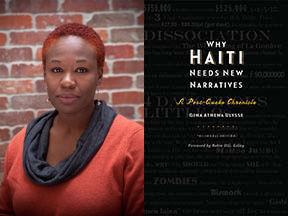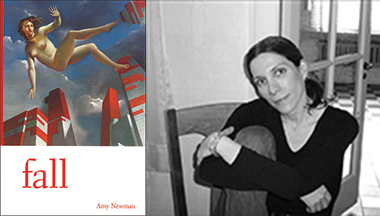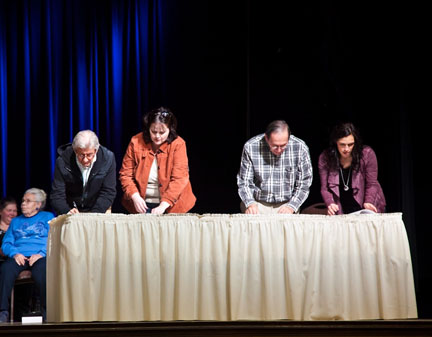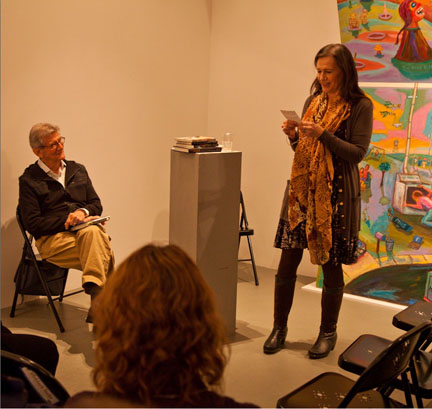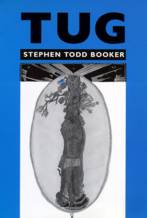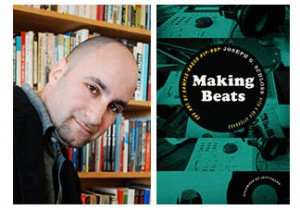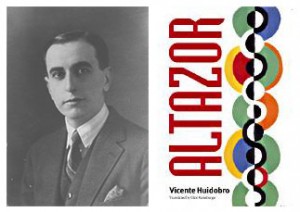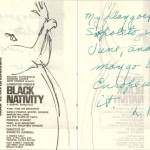
This small flyer was recently unearthed from files relating to our 1962 publication The Underground Railroad in Connecticut, by Horatio T. Strother.
Wesleyan’s esteemed editor, José Rollin de la Torre Bueno, was seeking Hughes as a pre-publication reader for the book. Hughes regretted that he could not act as a reader, being busy with his own projects and on account of having:
..been away a great deal from New York…twice to California, twice to Africa, and having just now come back a few weeks ago from abroad…. I have just sent to the press my book on the NAACP; now I have one other long overdue book deadline to meet, not counting the numerous magazine articles and other things that I have promised. While I was away, mail piled up to the ceiling and I have now in front of me at least a half dozen new books in proofs and others that publishers have sent me that I have had no more than a chance to glance at.
The above flyer, advertising Hughes’s gospel song-play, Black Nativity, accompanied his letter. On the reverse there is a hand-written note explaining that the play would be performed in Spoleto, Italy. The European debut of the play was at the Spoleto Festival. Then the play moved to London, where it was taped for a television special by the Westinghouse Broadcasting Company.

